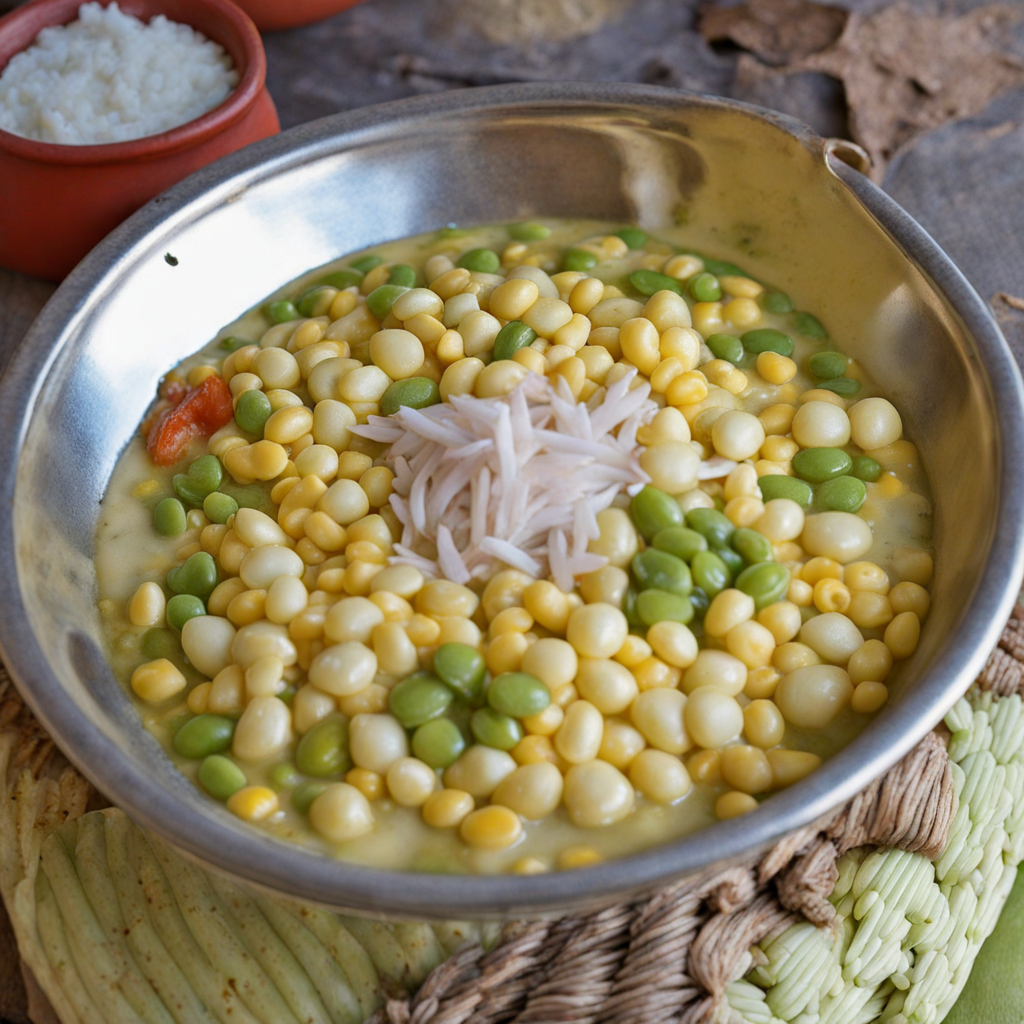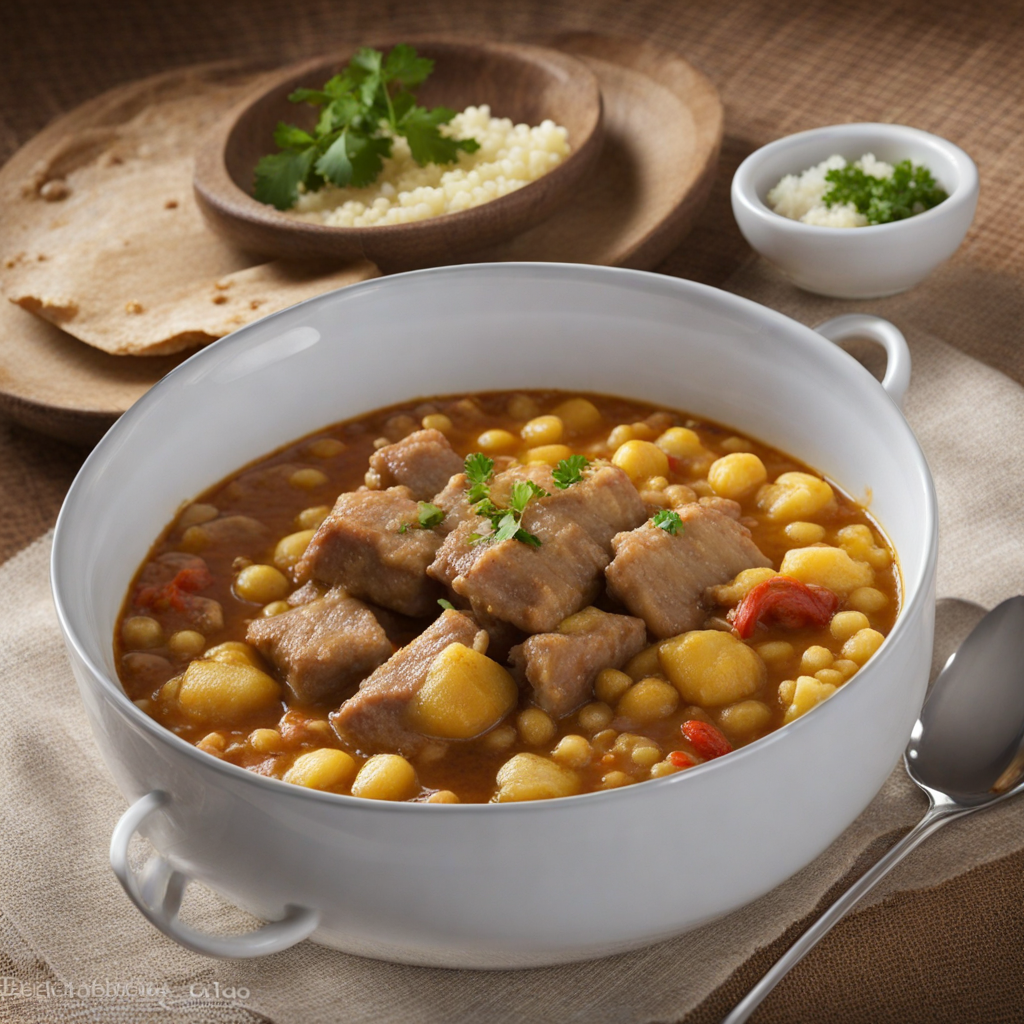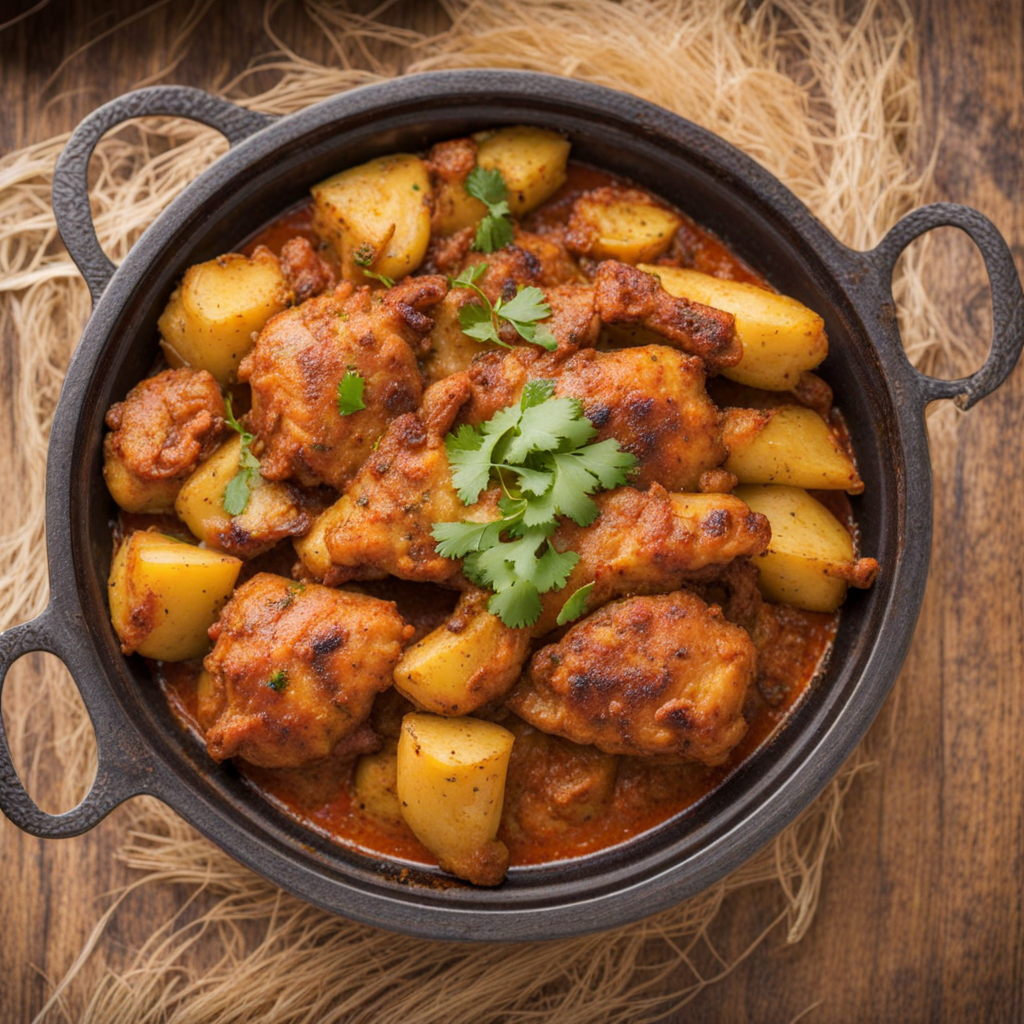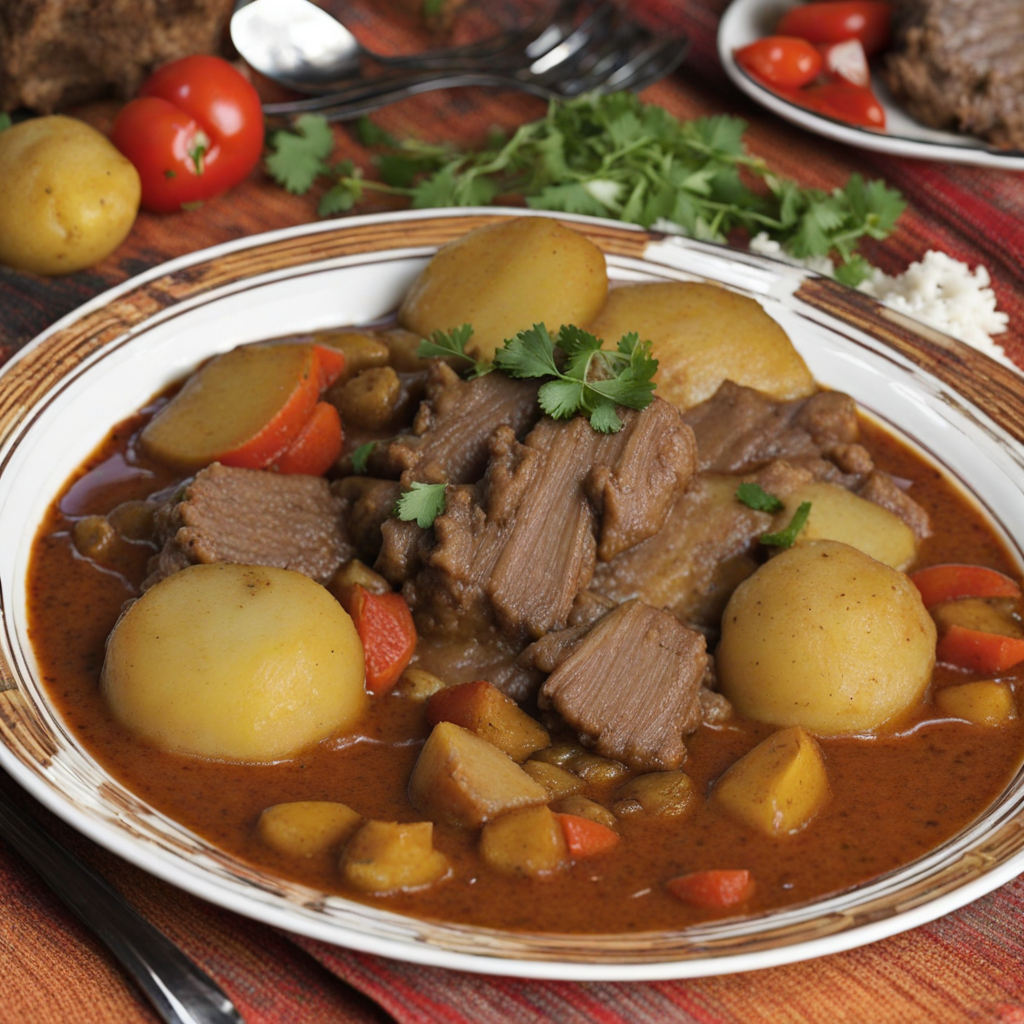Plato Paceño
Plato Paceño is a traditional Bolivian dish that offers a delightful blend of flavors and textures, showcasing the rich culinary heritage of the La Paz region. This hearty meal typically features a base of chuño, freeze-dried potatoes that possess a unique, slightly tangy taste. Chuño is often accompanied by a variety of ingredients, including fresh cheese, avocado, and a medley of local vegetables, which contribute to the dish's vibrant colors and refreshing taste. The combination of these elements creates a satisfying and wholesome plate that truly represents the essence of Bolivian cuisine. In addition to its primary components, Plato Paceño is often seasoned with a range of spices that enhance its flavor profile. Ingredients such as ají (a type of chili pepper), garlic, and onions are commonly used, providing a mild heat and aromatic depth that elevates the dish. The careful balance of these flavors not only makes each bite enjoyable but also pays homage to the indigenous ingredients and cooking techniques passed down through generations. As you savor Plato Paceño, you'll find that it captures the spirit of Bolivian culture in every mouthful. This dish is typically enjoyed as a fulfilling lunch or dinner option, often served in a communal style that encourages sharing and socializing. Whether enjoyed at a family gathering or in a local restaurant, Plato Paceño offers an authentic taste of Bolivia that invites food enthusiasts to explore its diverse culinary landscape. This dish is not just a meal; it's an experience that reflects the warmth and hospitality of Bolivian people, making it a must-try for anyone eager to expand their palate.
How It Became This Dish
The Culinary Heritage of Plato Paceño: A Bolivian Delight Nestled within the vibrant cultural tapestry of Bolivia, one dish stands out as a true emblem of the country's culinary heritage: Plato Paceño. This traditional Bolivian dish, which hails from the capital city of La Paz, is not just a mere recipe; it is a flavorful narrative of the region’s history, culture, and the people who have shaped its gastronomic landscape over centuries. #### Origins of Plato Paceño The origins of Plato Paceño can be traced back to the indigenous Aymara people, who have inhabited the highlands of Bolivia for millennia. The Aymara, along with other indigenous groups, have long relied on the rich agricultural resources of the Andean region. The harsh climate and altitudinal variations of the Bolivian highlands have given rise to a unique array of crops, including potatoes, quinoa, and corn, which have become staples in the local diet. Plato Paceño is a celebration of these ingredients, showcasing the region's agricultural bounty. Traditionally, the dish consists of a hearty combination of ingredients, including meat (usually beef or lamb), potatoes, and various vegetables, often accompanied by a tangy sauce known as "llajwa," made from tomatoes, locoto peppers, and cilantro. This reflects not only the local produce but also the rich culinary traditions passed down through generations. #### Cultural Significance Plato Paceño is more than just a meal; it embodies the spirit of La Paz and its people. The dish is often associated with community gatherings and celebrations, serving as a symbol of hospitality and warmth. It is frequently enjoyed during festivals, family reunions, and other significant events, where the act of sharing a meal becomes a communal experience that strengthens social bonds. The cultural significance of Plato Paceño also extends to its representation of La Paz’s diverse population. The city is a melting pot of cultures, with indigenous influences blending seamlessly with Spanish colonial heritage. This fusion is reflected in the dish itself, which incorporates elements from both indigenous and Spanish culinary traditions. The use of native ingredients alongside cooking techniques introduced by Spanish colonizers illustrates the melding of cultures that characterizes Bolivian identity. #### Development Over Time As with many traditional dishes, the history of Plato Paceño is one of evolution and adaptation. Over the centuries, the recipe has undergone various transformations, influenced by changing agricultural practices, migration patterns, and globalization. In the early 20th century, the introduction of refrigerator technology and modern transportation systems began to alter the way food was prepared and consumed in Bolivia. The availability of ingredients became more widespread, and urbanization led to new culinary practices. Despite these changes, the essence of Plato Paceño remained intact, serving as a reminder of the deep-rooted traditions that continue to shape Bolivian cuisine. In recent decades, there has been a renewed interest in traditional foods and culinary heritage, both locally and globally. Chefs and food enthusiasts have begun to rediscover the flavors of Plato Paceño, often experimenting with new techniques while honoring its traditional roots. This revival has sparked a culinary renaissance in La Paz, where local restaurants and street vendors alike proudly serve variations of the dish, each with its unique twist. #### The Ingredients of Tradition At its core, Plato Paceño is a dish that emphasizes the importance of local ingredients. The primary component, meat, is often sourced from local farms, ensuring freshness and quality. The use of potatoes, a staple of Andean cuisine, is central to the dish, with numerous varieties available in Bolivia. Some chefs prefer the yellow potato, known for its creaminess, while others might opt for the purple variety, which adds a vibrant color and unique flavor. Vegetables such as carrots, peas, and beans also play a significant role, contributing both nutrition and flavor. The addition of llajwa, the traditional Bolivian sauce, brings a zesty kick that elevates the dish, highlighting the region's love for bold flavors. Over the years, variations of Plato Paceño have emerged, adapting to local tastes and available ingredients. Some versions might feature chicken or pork, while vegetarian adaptations are increasingly common, reflecting the growing awareness of dietary preferences and sustainability. This flexibility has allowed Plato Paceño to remain relevant in a rapidly changing culinary landscape. #### A Dish for the Future As Bolivia continues to embrace its culinary heritage, Plato Paceño stands as a beacon of tradition and innovation. The dish serves as a reminder of the importance of preserving cultural identity amidst globalization and modernization. The resurgence of interest in local ingredients and traditional cooking methods has created opportunities for chefs to explore the rich history of Bolivian cuisine while also appealing to contemporary palates. In La Paz, food festivals celebrating traditional dishes like Plato Paceño have become popular, drawing locals and tourists alike. These events not only showcase the flavors of Bolivia but also foster a sense of pride in the country's culinary heritage. As chefs experiment with new interpretations of the dish, they continue to pay homage to the generations that have come before, ensuring that the legacy of Plato Paceño endures. #### Conclusion Plato Paceño is more than just a dish; it is a rich tapestry of history, culture, and community that reflects the heart and soul of Bolivia. From its indigenous roots to its modern interpretations, the dish tells a story of resilience and adaptability, serving as a culinary symbol of La Paz. As Bolivians continue to celebrate and innovate upon their traditional foods, Plato Paceño remains a cherished emblem of their cultural heritage, inviting all to partake in its flavorful journey through time. In a world that often seems to prioritize the new and the novel, the enduring appeal of Plato Paceño reminds us of the importance of tradition, connection, and the joy of sharing a meal with loved ones.
You may like
Discover local flavors from Bolivia







